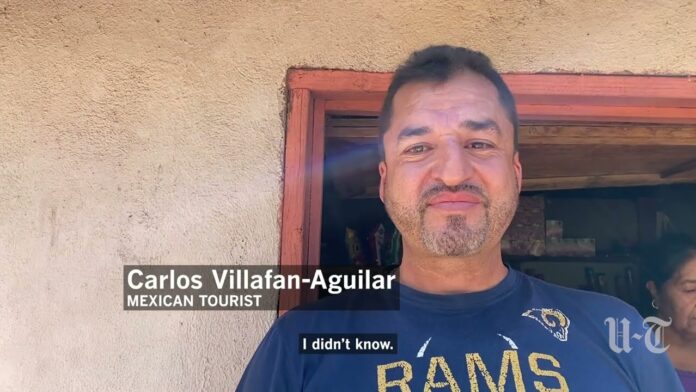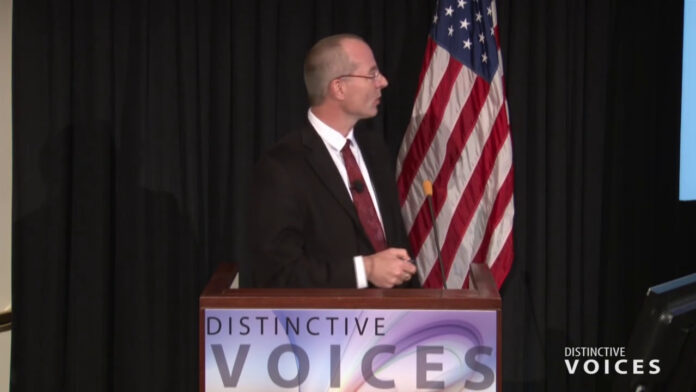Introduction
Indigenous cultures around the world are facing significant challenges in preserving their rich cultural heritage. From the loss of traditional knowledge and language to the erosion of cultural practices, the impact of globalization and modernization has threatened the very existence of these unique and valuable traditions. This blog post aims to explore the importance of indigenous cultural heritage, the challenges it faces, and the efforts being made to preserve and protect it.
Importance of Indigenous Cultural Heritage
Preserving Unique Worldviews and Perspectives
Indigenous cultures offer a unique lens through which to understand the world. Their traditional knowledge and belief systems often provide valuable insights into sustainable living, environmental stewardship, and alternative approaches to well-being. By preserving these cultural traditions, we can gain a deeper appreciation for the diversity of human experience and the richness of our global heritage.
| Traditional Ecological Knowledge | Sustainable Practices |
|---|---|
| – Detailed understanding of local ecosystems- Strategies for sustainable resource management- Practices that minimize environmental impact | – Sustainable agriculture and land management- Renewable energy production- Waste reduction and recycling |
Maintaining Linguistic and Cultural Diversity
Indigenous languages are an integral part of cultural identity and serve as vehicles for the transmission of traditional knowledge and beliefs. However, many of these languages are in danger of extinction, with the United Nations Educational, Scientific and Cultural Organization (UNESCO) estimating that up to 90% of the world’s languages may disappear by the end of the century. Preserving indigenous languages is crucial for safeguarding the cultural diversity of our planet.
- Importance of Indigenous Languages:
- Preservation of traditional knowledge and practices
- Unique worldviews and modes of expression
- Strengthening of cultural identity and community cohesion
Fostering Intergenerational Connections
Indigenous cultural heritage is often passed down through generations, with elders playing a pivotal role in the transmission of traditional knowledge and values. This intergenerational exchange is critical for maintaining the continuity of cultural practices and ensuring that younger generations have a strong sense of their identity and roots. Preserving these connections is essential for the well-being and resilience of indigenous communities.
Challenges facing Indigenous Cultural Heritage

Loss of Traditional Knowledge and Language
The erosion of indigenous languages and the decline of traditional knowledge pose significant threats to the preservation of cultural heritage. Factors such as colonization, assimilation policies, and the dominance of global languages and cultural influences have led to the marginalization and suppression of many indigenous communities and their traditional ways of life.
Displacement and Disruption of Traditional Lifeways
The forced relocation of indigenous communities, often driven by economic development, resource extraction, or environmental degradation, has severely disrupted the connection between people and their ancestral lands. This displacement has led to the disruption of traditional practices, the loss of access to sacred sites, and the erosion of cultural identities.
Commercialization and Appropriation of Cultural Practices
The commercialization and appropriation of indigenous cultural practices, such as the exploitation of traditional knowledge for commercial gain or the misuse of sacred symbols and rituals, can undermine the integrity and authenticity of these traditions. This can lead to the commodification of culture and the loss of its deeper spiritual and communal significance.
Preservation Efforts

Community-led Initiatives
Many indigenous communities around the world have implemented grassroots efforts to revitalize and preserve their cultural heritage. These initiatives often focus on language revitalization, the documentation of traditional knowledge, the protection of sacred sites, and the transmission of cultural practices to younger generations.
Collaboration with Allies and Institutions
Indigenous communities are increasingly partnering with allies, such as non-governmental organizations, academic institutions, and government agencies, to develop comprehensive strategies for cultural heritage preservation. These collaborations can facilitate the exchange of knowledge, the mobilization of resources, and the implementation of policies that support the rights and well-being of indigenous peoples.
Legal and Policy Frameworks
At the international level, initiatives such as the United Nations Declaration on the Rights of Indigenous Peoples (UNDRIP) and the UNESCO Convention for the Safeguarding of the Intangible Cultural Heritage have provided a framework for the recognition and protection of indigenous cultural rights. At the national and local levels, policies and legislation that recognize and support the preservation of indigenous cultural heritage are crucial for ensuring its long-term sustainability.
Impact of Globalization on Indigenous Cultural Heritage
Homogenization and Erosion of Diversity
Globalization has led to the increasing interconnectedness of the world, which has brought both opportunities and challenges for indigenous cultural heritage. On the one hand, it has facilitated the sharing of knowledge and the exchange of cultural practices, but on the other hand, it has also contributed to the homogenization of cultures and the erosion of diversity.
Commercialization and Exploitation of Cultural Practices
The demand for exotic and “authentic” cultural experiences has led to the commercialization of indigenous practices, often without the meaningful involvement or consent of the communities themselves. This can result in the commodification of culture, the loss of cultural integrity, and the exploitation of indigenous peoples.
Technological Innovations and Digital Preservation
Advancements in digital technologies have opened up new avenues for the preservation and dissemination of indigenous cultural heritage. From the digitization of traditional knowledge to the use of virtual and augmented reality for the preservation of cultural sites, these innovations can play a crucial role in safeguarding cultural traditions and making them more accessible to broader audiences.
Case Studies/Examples
The Maori of New Zealand
The Maori people of New Zealand have been at the forefront of efforts to revitalize and preserve their cultural heritage. Through initiatives such as the teaching of the Maori language in schools, the revival of traditional performing arts, and the protection of sacred sites, the Maori community has been able to maintain a strong sense of cultural identity and pass on their traditions to future generations.
The Sami of Scandinavia
The Sami, an indigenous people of Scandinavia, have faced significant challenges in preserving their cultural heritage, including the suppression of their language and traditional livelihoods. However, through sustained advocacy and the development of collaborative partnerships, the Sami have been able to secure greater recognition and protection of their rights, paving the way for the revitalization of their cultural practices.
The Quechua of Peru
The Quechua people of Peru have a rich cultural heritage that includes traditional agricultural practices, textile production, and the preservation of ancient Incan sites. Despite the challenges posed by modernization and globalization, the Quechua have been able to maintain a strong connection to their cultural roots, with initiatives focusing on the transmission of traditional knowledge, the protection of sacred sites, and the promotion of sustainable development.
Conclusion
The preservation of indigenous cultural heritage is a complex and multifaceted challenge, but one that is crucial for the well-being of indigenous communities and the cultural diversity of our planet. Through community-led initiatives, collaborative partnerships, and the implementation of supportive legal and policy frameworks, we can work towards a future where the rich and diverse cultural traditions of indigenous peoples are celebrated, protected, and passed on to future generations.









